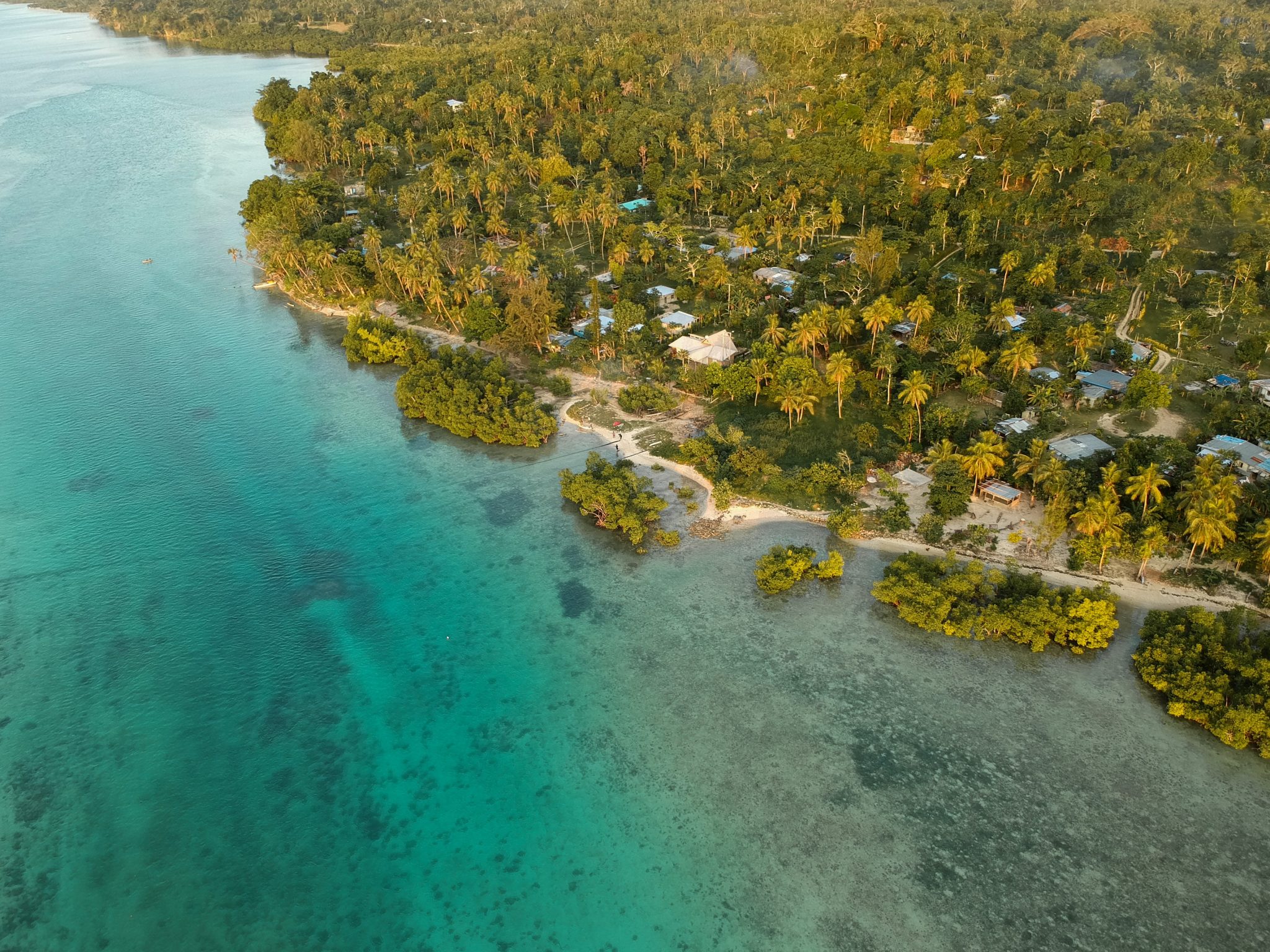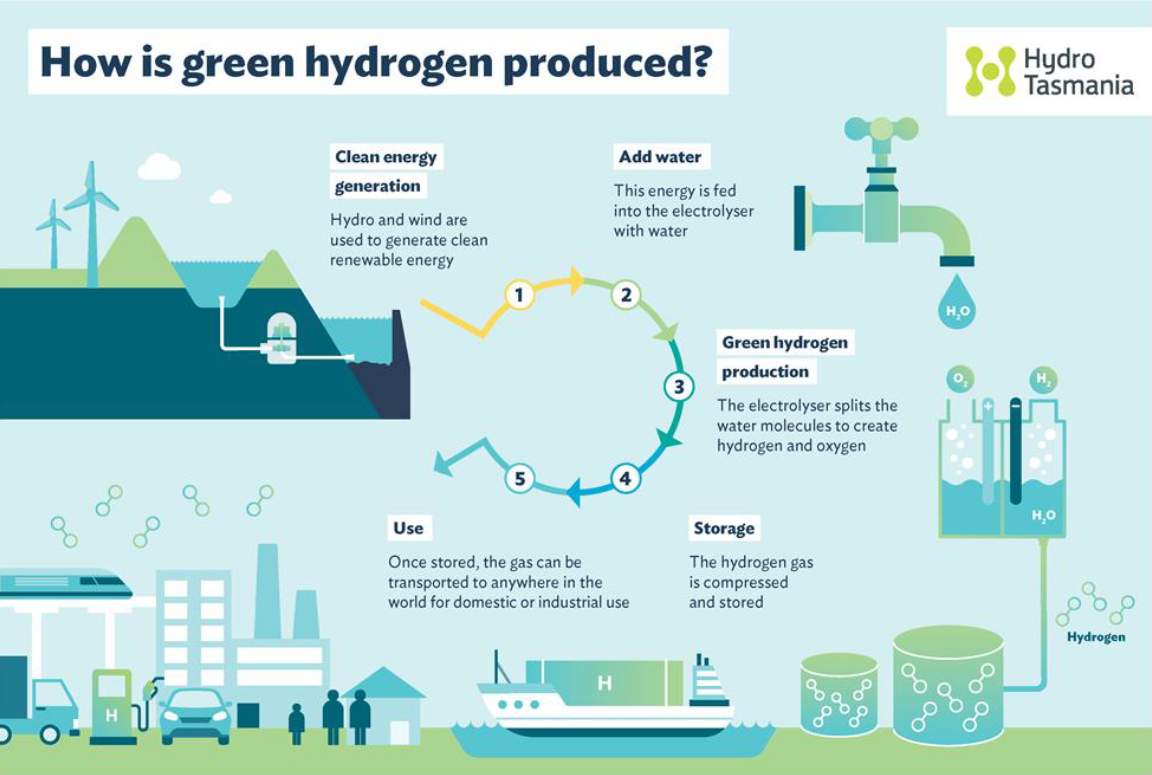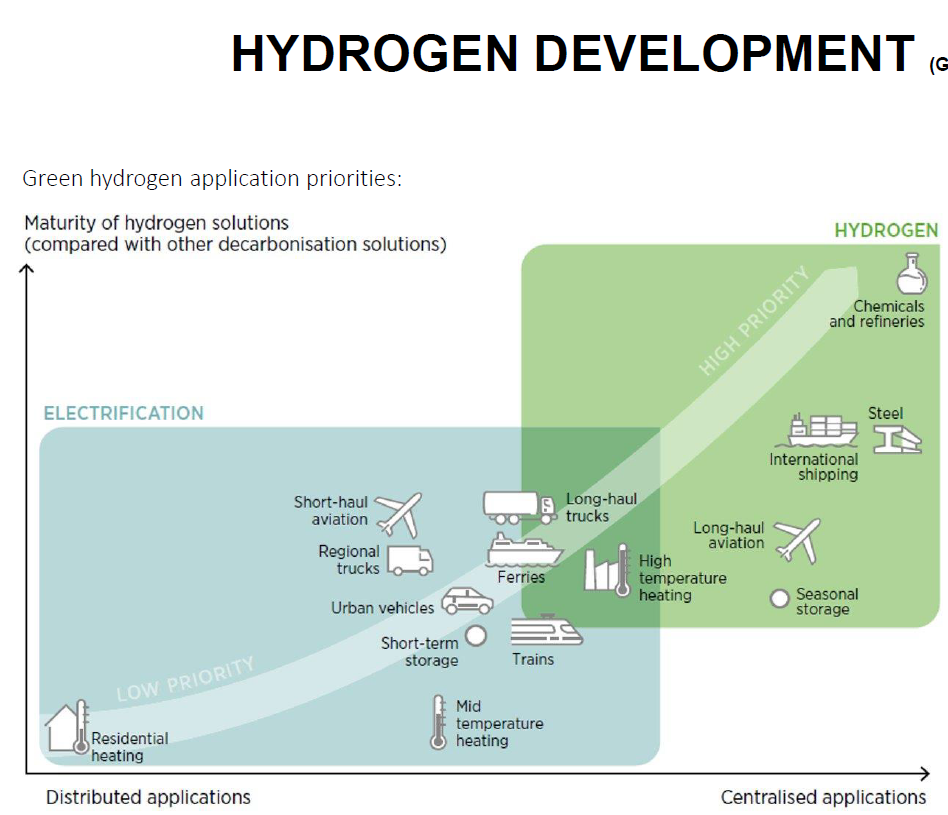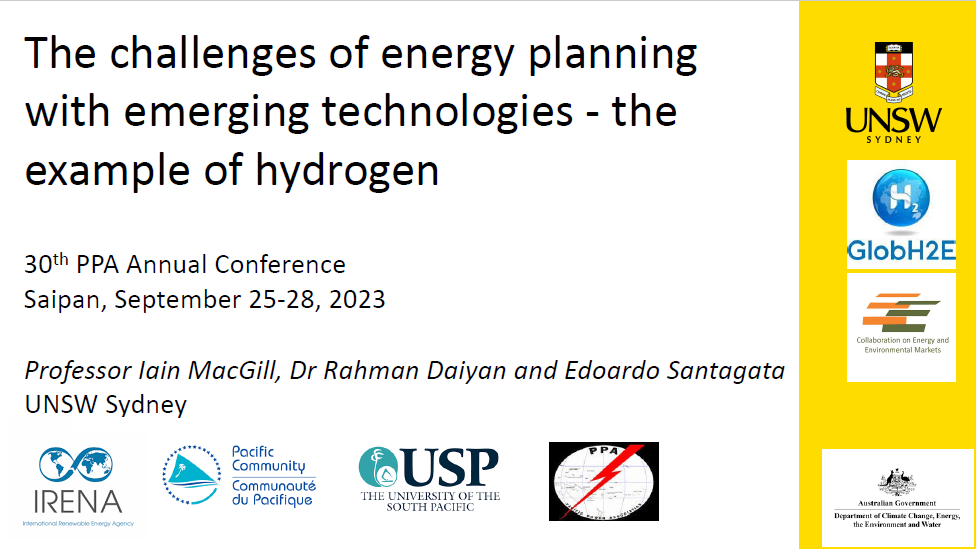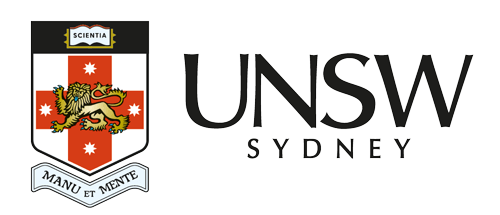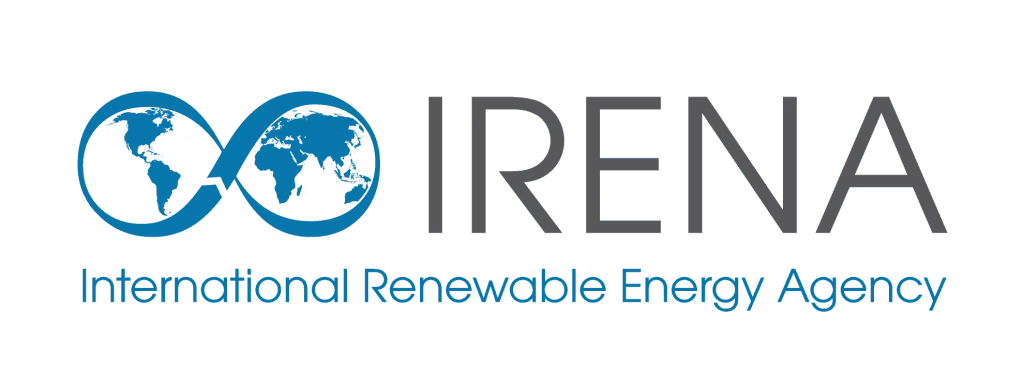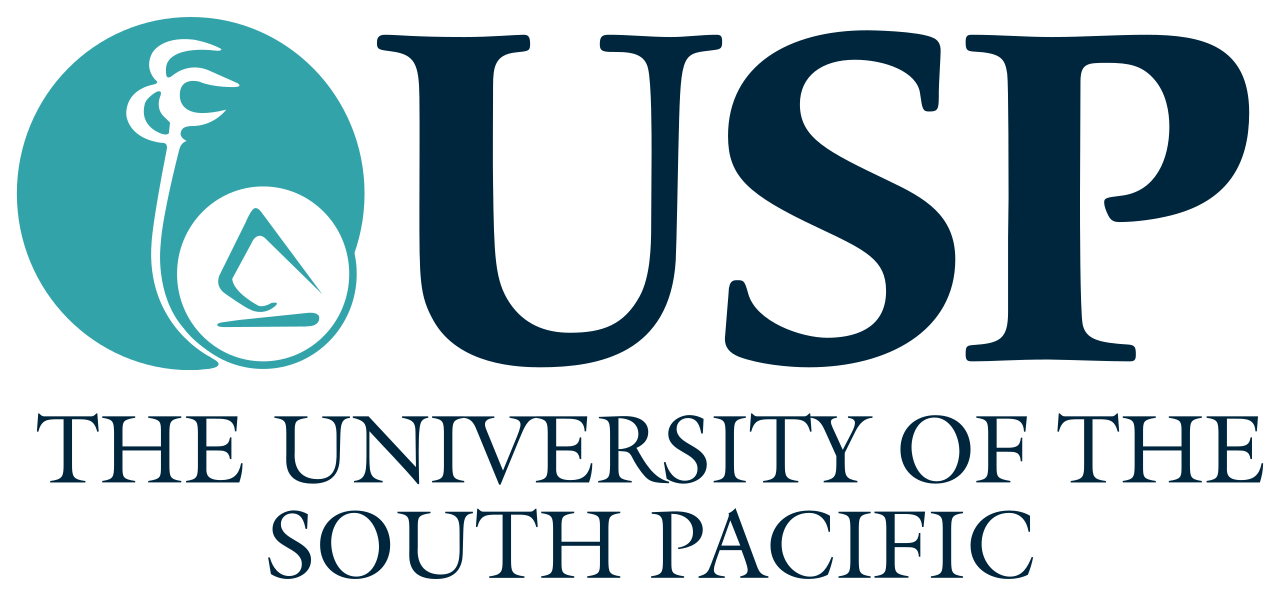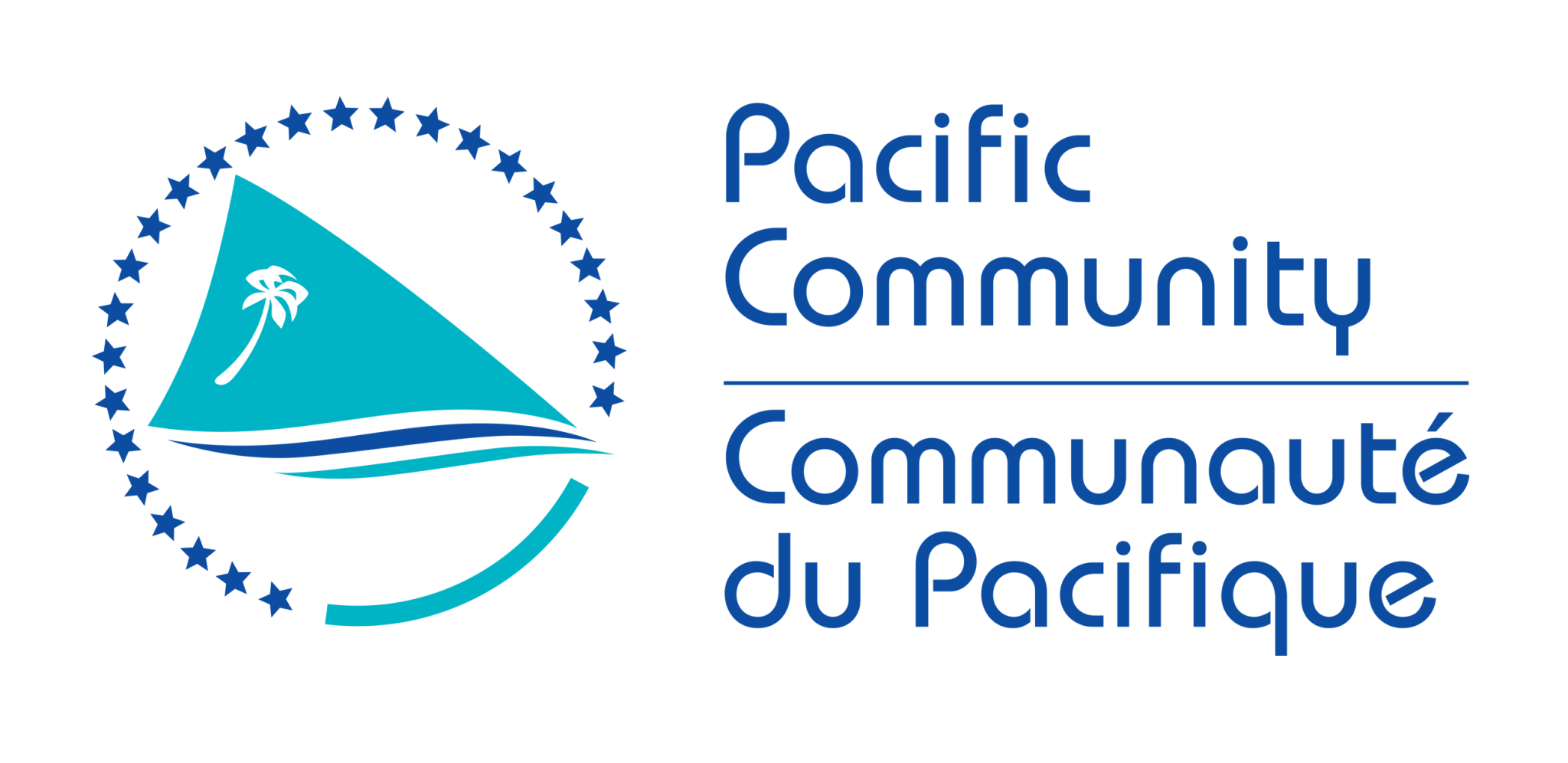The Efate outcome statement from the Fifth Pacific Regional Energy and Transport Ministers’ Meeting held in Port Vila, Vanuatu in May 2023, recognises the need to consider the potential of green hydrogen and its derivatives in decarbonising the region. This included endorsing the development of a timebound Pacific regional green hydrogen strategy. Responding to this request, the Australian Government’s Department of Climate Change, Energy, the Environment and Water (DCCEEW) is leading the development of the Pacific Hydrogen Strategy, in partnership with UNSW Sydney, the International Renewable Energy Agency (IRENA) through the SIDS Lighthouses Initiative, the Pacific Community (SPC), and the University of South Pacific (USP).
The Strategy will be built across workshops, stakeholder engagement, and series of reports. Report A will provide a broad overview of the potential opportunity for hydrogen and derivatives. Report B assesses the status of current and emerging H2 technologies that can be deployed in the Pacific Report C will focus on mapping the energy resources, land availability, infrastructure, and other feedstocks that would be required to establish the H2 economy in the PICTs and will form the economics of developing the H2 economy. The overall findings from these reports will then make the basis of a regional hydrogen roadmap.
These reports will be complemented by an open-source tool for technoeconomic assessment of potential projects in the region (in development), and masterclass/knowledge resources to support the PICTs to become H2-ready.

